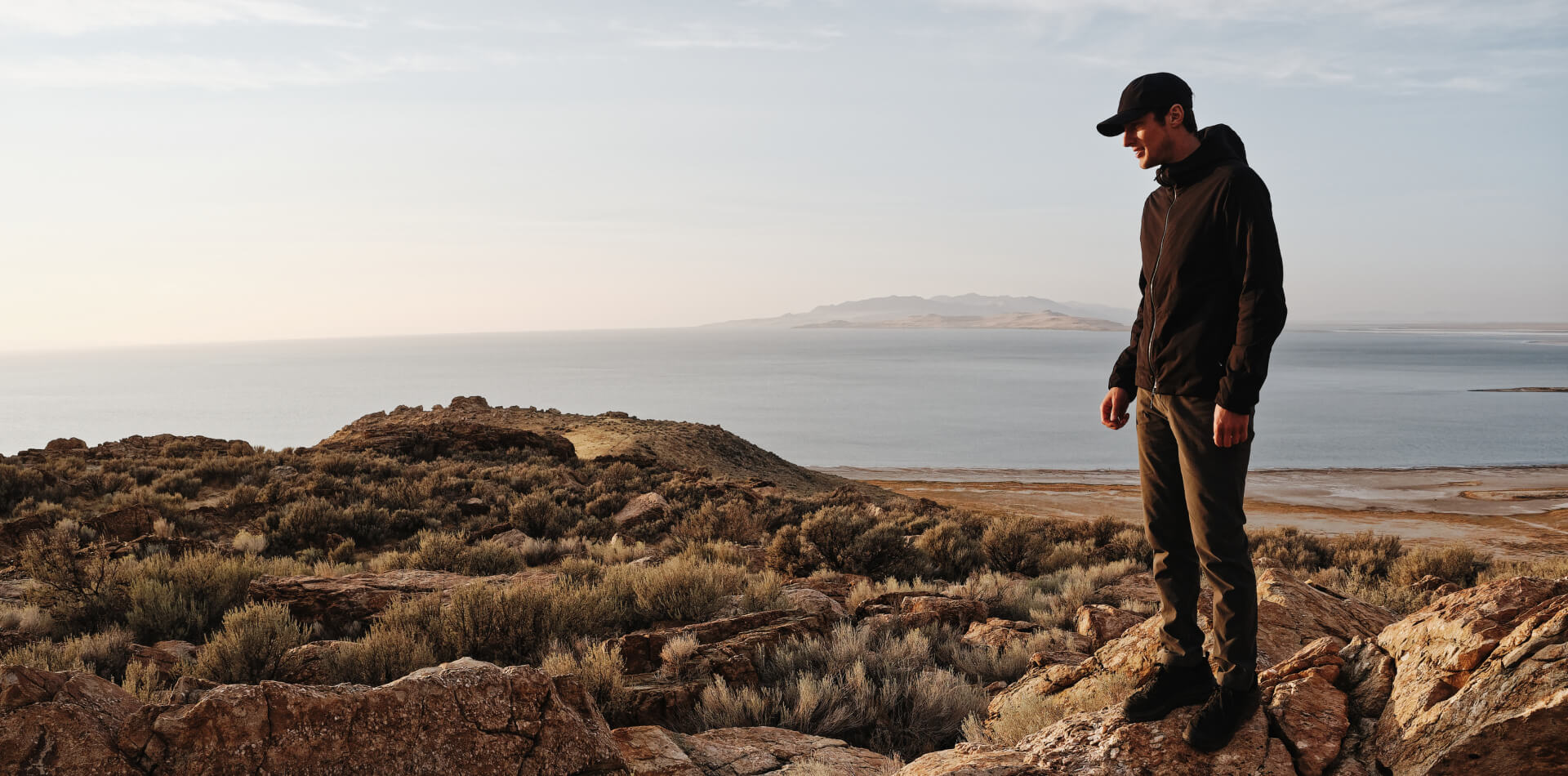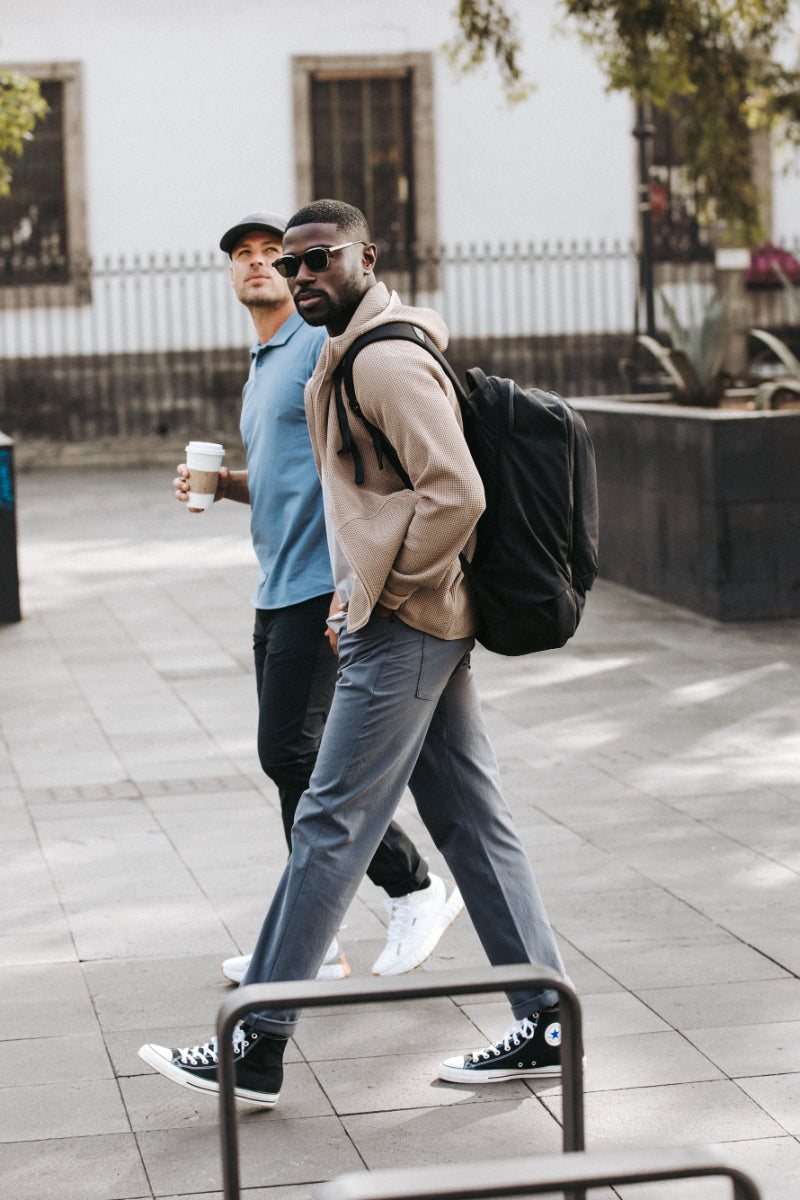
Shorts or Layers? What to Wear When It’s 70 Degrees and You’re On the Move
Seventy degrees is nature’s gray area. For some, it’s t-shirt weather. For others, it’s still time for a hoodie and jeans. You might leave the house feeling cool and fresh, only to break a sweat by...
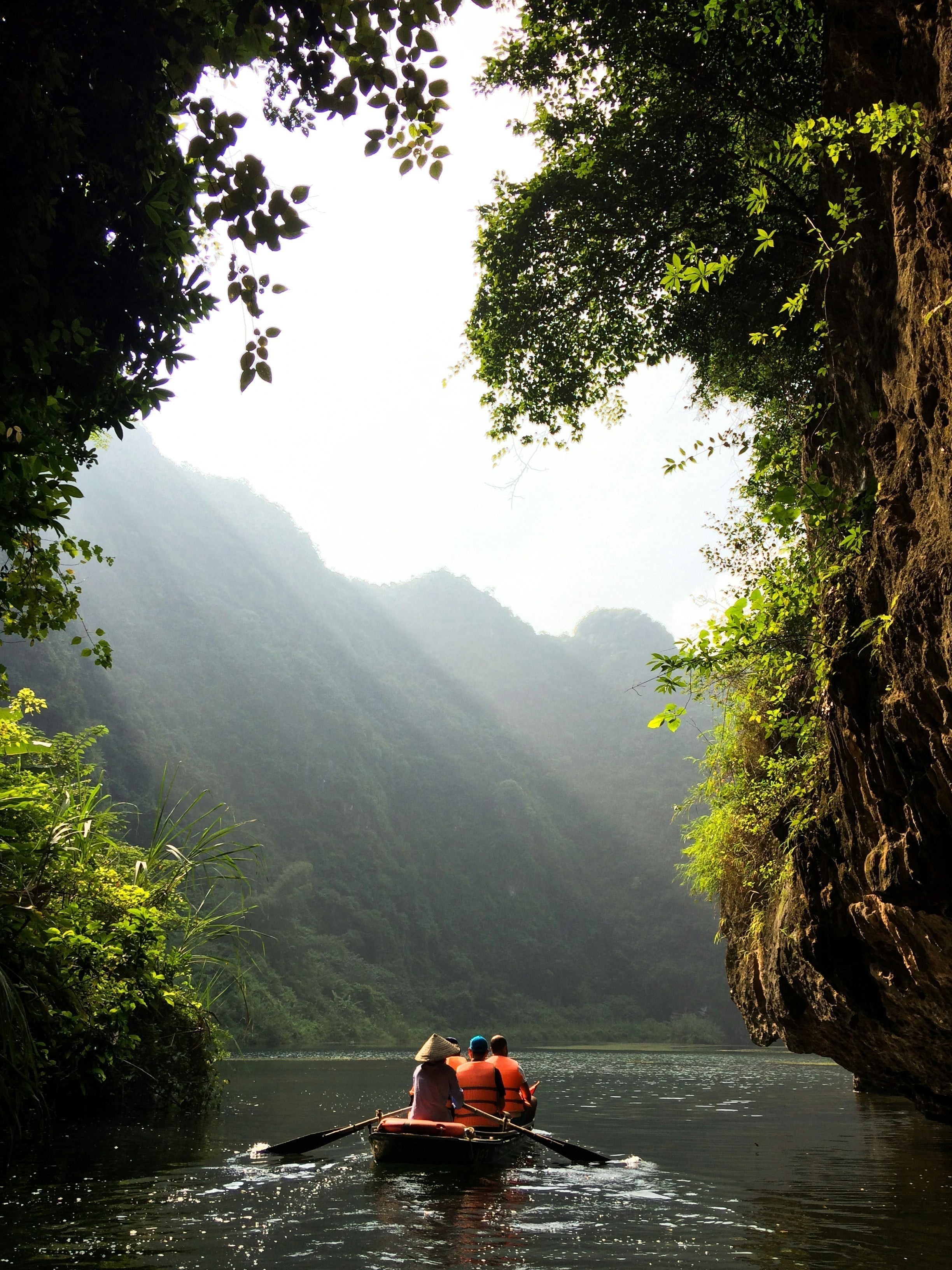
What to Do in Vietnam: Ride It, Taste It, Feel It
We didn’t just visit Vietnam — we packed up and moved here, chasing slow mornings, endless motorbike rides, and bowls of street-side pho that reset your soul. This guide isn’t your typical tourist ...
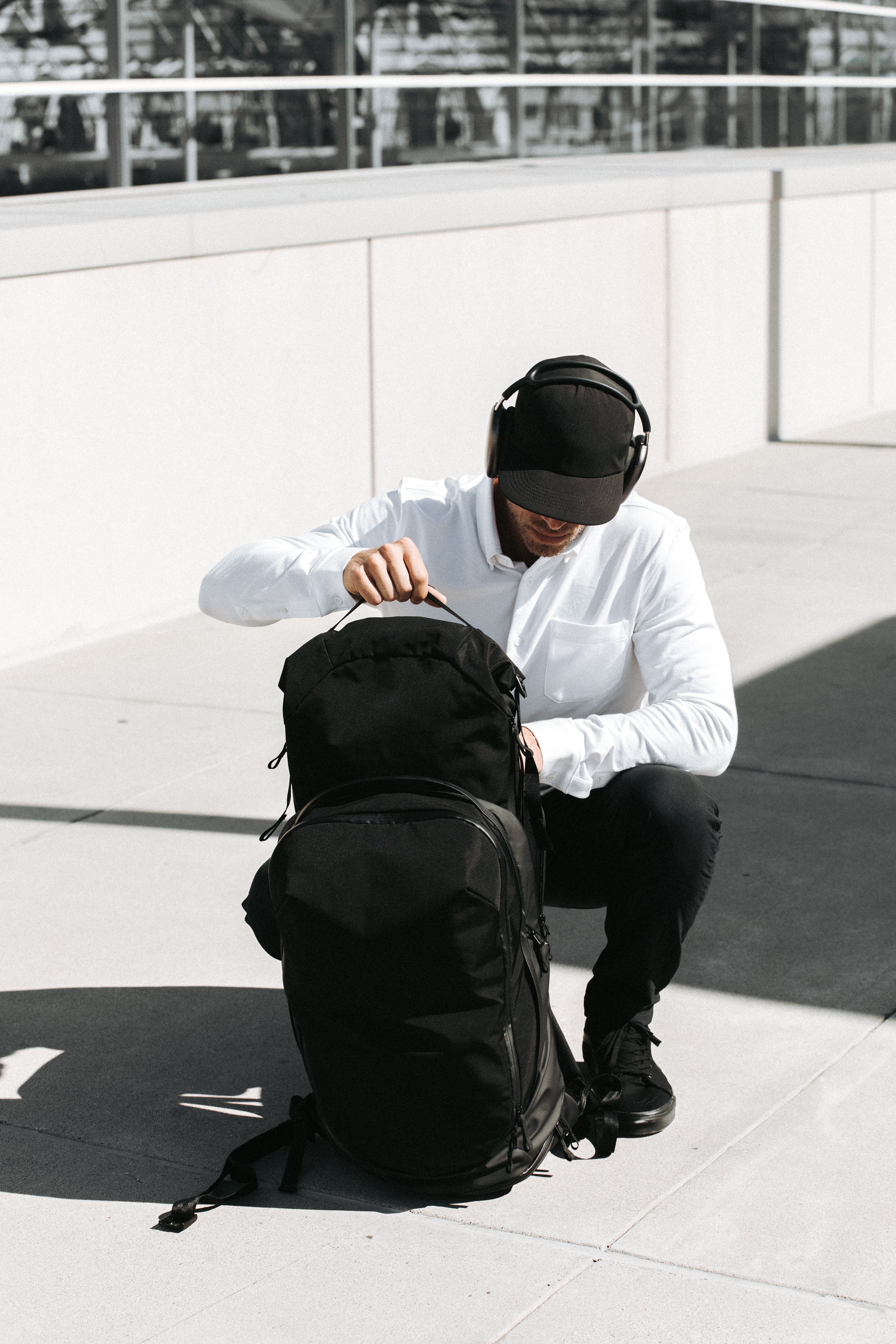
Are Packing Cubes Really Worth It—or Just Hype?
We’ve all been there—knee-deep in a heap of rolled shirts and runaway socks, wondering if packing cubes are just another travel trend that promises more than it delivers. But somewhere between a ja...
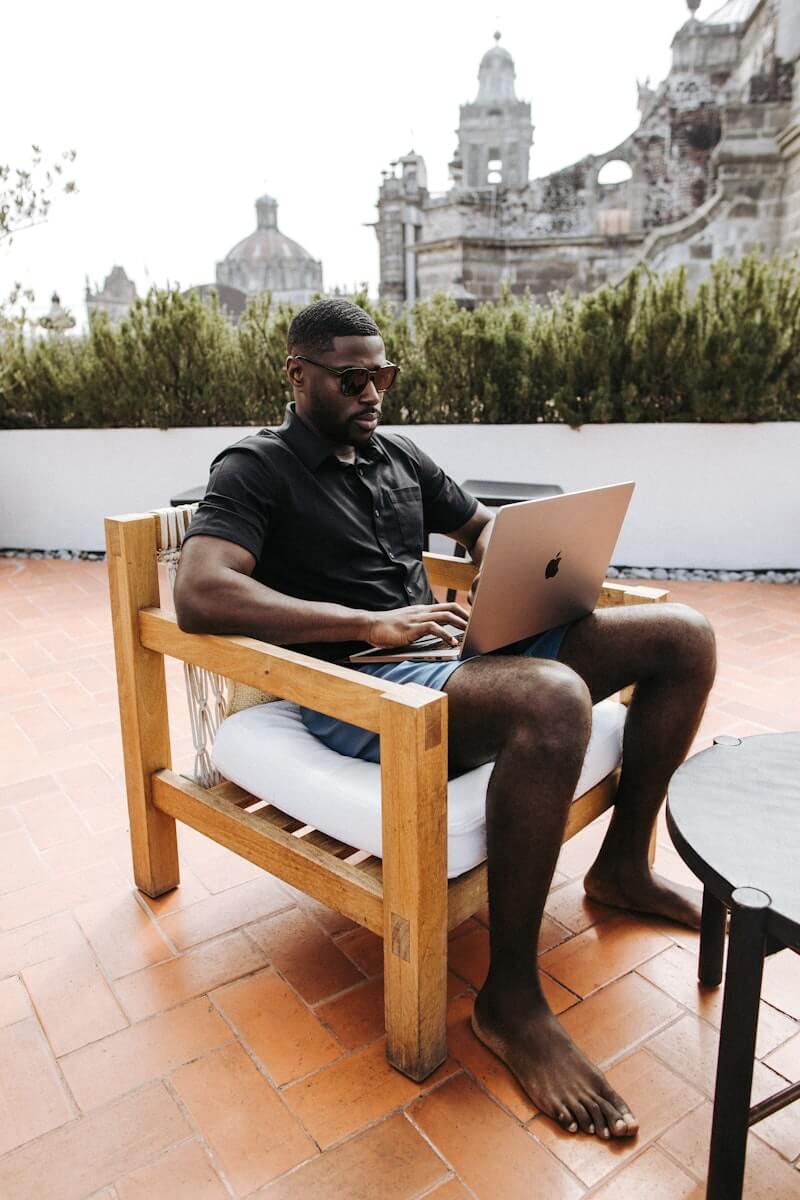
Next Stop? Best Countries for Remote Work in 2025
We’ve worked from mountain towns, beach shacks, back-alley cafés, and yes, the occasional questionable airport lounge—and one thing we know for sure? Not all countries are built the same when it co...
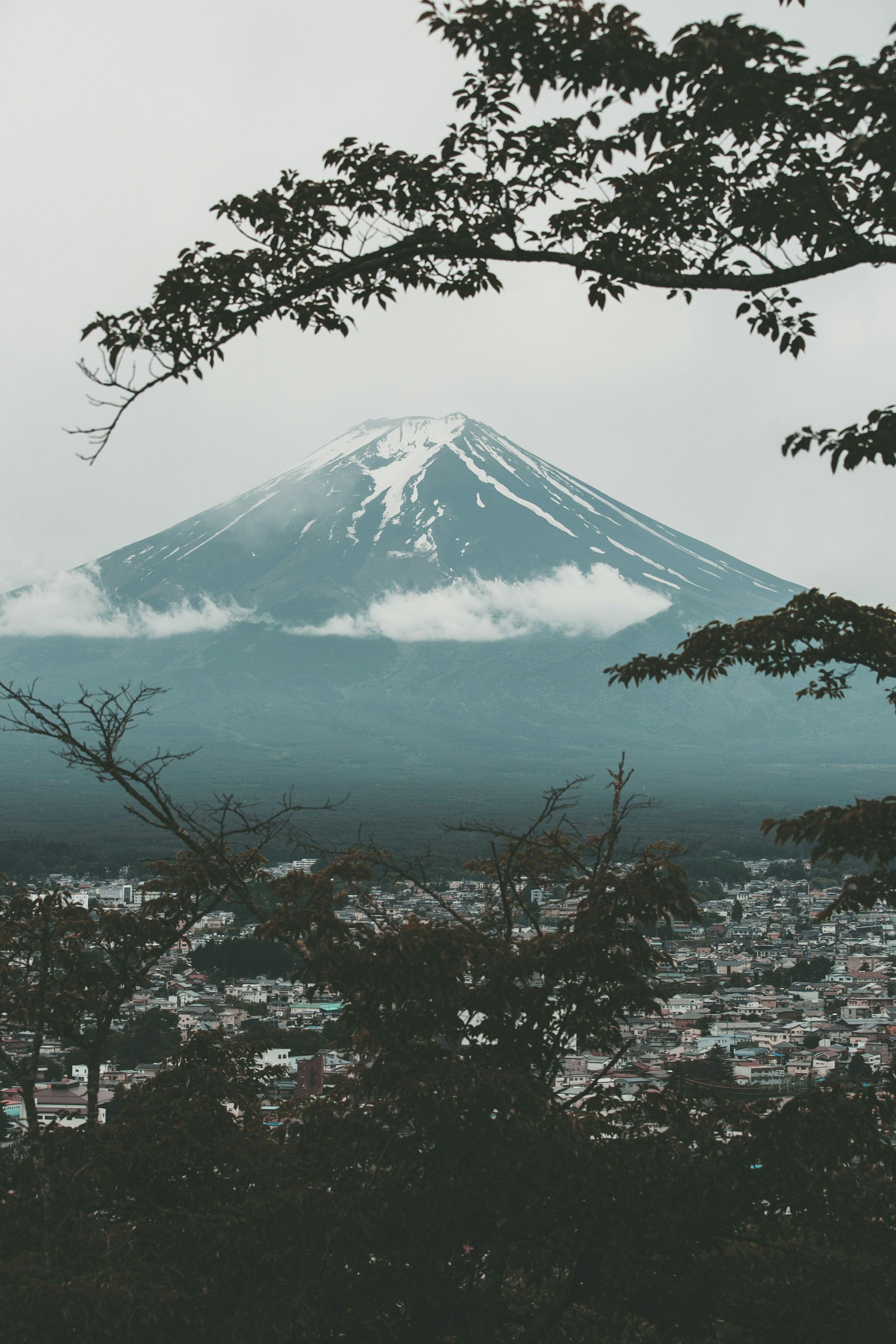
Things to Know Before Going to Japan That No One Tells You
We’ve been around the globe and back, but Japan? It’s a whole different rhythm—and one you’ll want to be in sync with before your boots hit the tarmac. In this guide on things to know before going ...
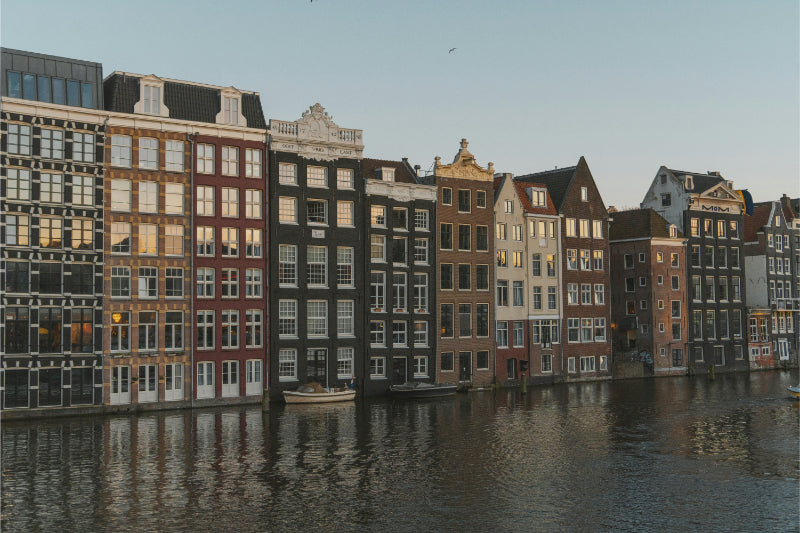
Lost & Found: 48 Hours in Amsterdam
In Amsterdam—known fondly to locals as Mokum—the best things aren’t seen—they’re felt. The way the morning light slides across the canals. The echo of wheels spinning on cobblestones. The warm buzz...
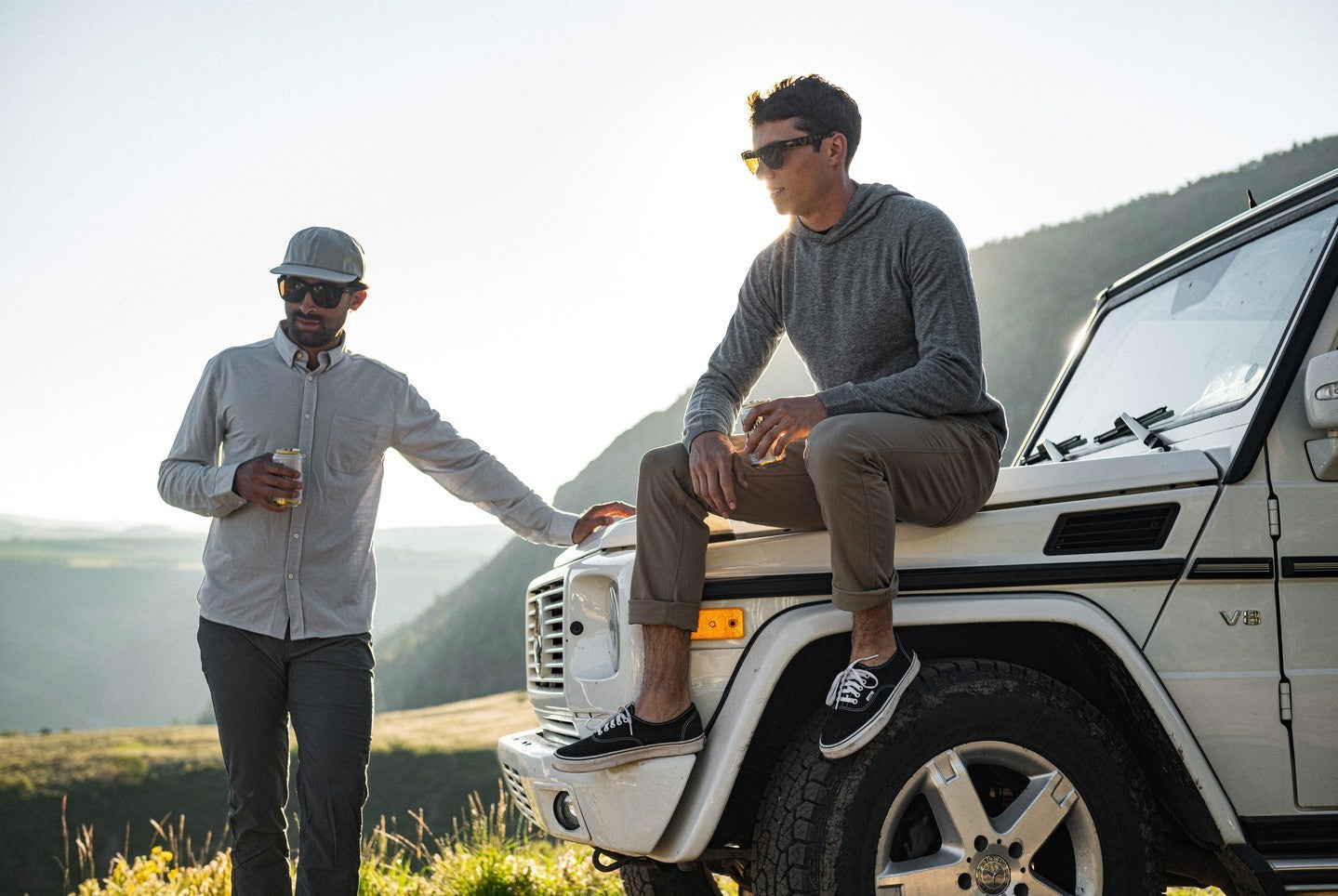
Timeless Places to Go with Friends, Sorted by Style
Planning a trip with your crew? There’s nothing better than hitting the road (or skies) with your favorite people and making memories that live way longer than the group chat. Whether you're chasin...

The Spring Outfits Playbook for Men
Spring is that in-between magic—crisp mornings, sun-soaked afternoons, and every excuse to refresh what’s in your closet. Whether you're logging miles, heading into meetings, or chasing the golden ...
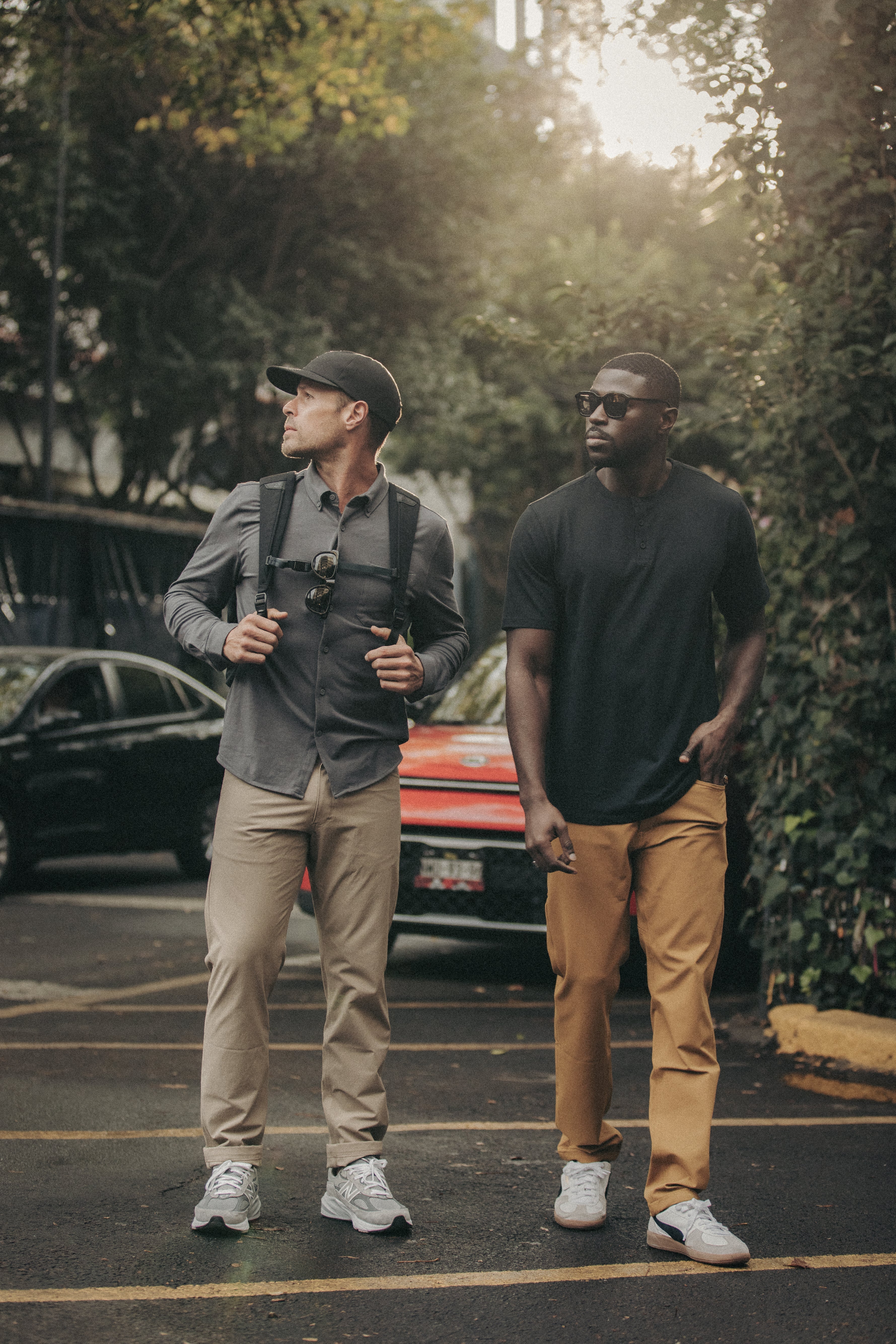
What to Wear in Greece for Men — Look Local, Pack Smart
If there’s one thing we’ve learned about what to wear in Greece for men, it’s this: dressing well isn’t just about looking good—it’s about staying cool, blending in, and embracing that effortless M...
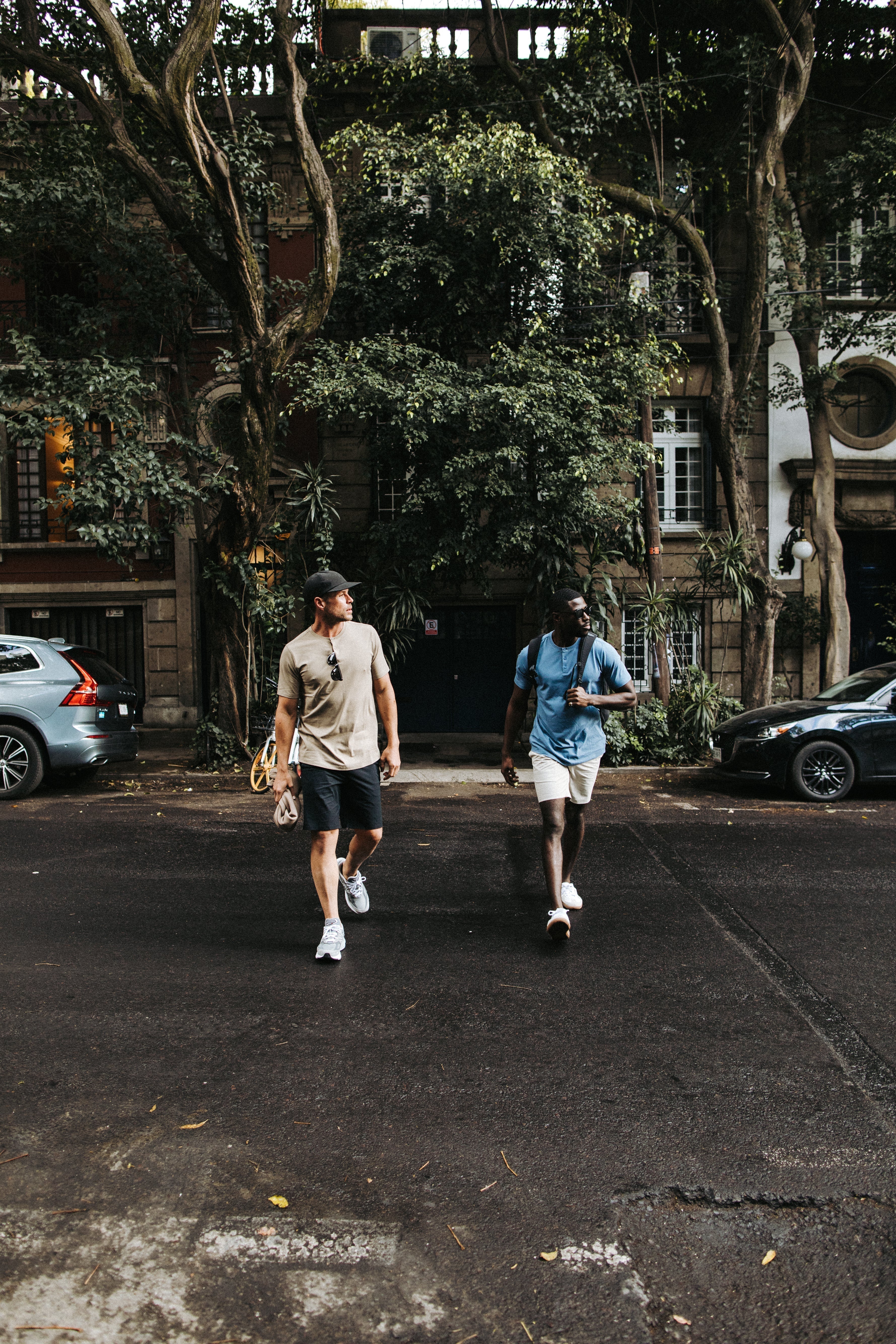
Your Guide to Dressing for Heat and Humidity
Let’s be honest — dressing for humidity is a whole different ballgame. One wrong fabric choice and you’re basically a walking sauna. We’ve been there, which is why we’re all about finding the best ...

